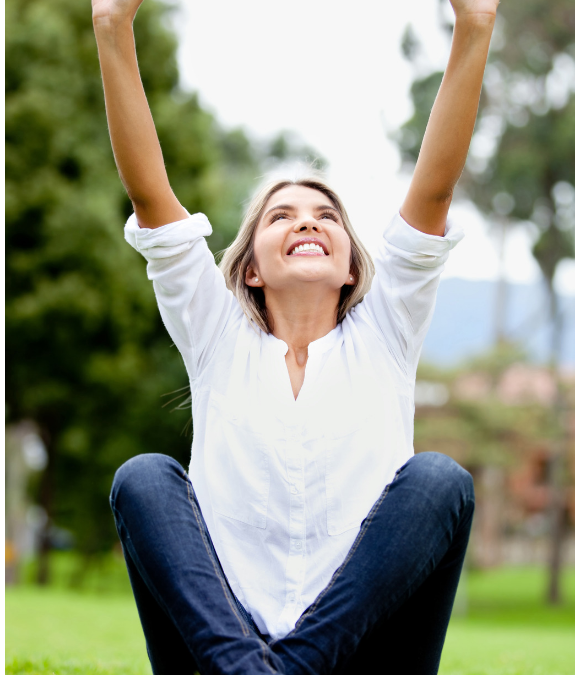
by PT-clc | Nov 20, 2018 | Benefits of being in nature, Conscious Living, Health & Wellbeing, Self-Care, Stress Management
Introduction to the Experiment
If you’ve been following previous posts you’ll know that I “pressed the pause button” on my business in late June of this year. What I mean by this is I consciously decided to take some time off even though I was healthy, but was feeling a bit tired and uninspired. You may check out this post – https://pamela-thompson.com/creating-space-the-how-and-why/ – to learn more about how I consciously created more space in my life.
I’m excited to share that within the past 2 weeks, I’ve become inspired, feel re-energized and a new direction for my business has surfaced. I’ve realized that I want to integrate elements of my consulting business with my coaching business and to serve heart-centered leaders and changemakers. Stay tuned for more details to come!
The intention of this post is to share the lessons learned from my creating space “experiment”. This past few months have been one of only a couple of times in my life when I have consciously decided to stop working, to spend more time “being” and to focus on “getting out of my head” and “into my body”. Perhaps you relate?
Lessons Learned
One of my friends recently referred to the past 4.5 months as a “fallow” period in my life. A time similar to winter (in the northern hemisphere) when crops and perennial plants go underground and it looks like they are dead and nothing is happening. What really is occurring is that they are in hibernation and things are happening but they aren’t evident. I recently heard that grizzly bears give birth while in hibernation. How cool is that! I feel like even though I wasn’t actively reflecting and wondering what to do next during this period, that things were indeed happening. Similar to a new green shoot pushing itself out of the ground, I feel like the new ideas for my work organically emerged.
So what were the key lessons I learned from this conscious “fallow” period?
- Spending time in nature (almost daily) was an incredible gift. Now if I don’t go for a walk every day to a nearby park or the ocean for at least 20 to 30 minutes, I feel like I need and haven’t gotten my nature “hit”. I don’t feel as energized, joyful and as calm as when I immerse myself in nature daily.
- I now feel more in touch with my body. I’ve changed my diet and have a lot less indigestion than before my “sabbatical”.
- I feel more relaxed and that is a state I can access more easily than before.
- I am more joyful and playful and feel more connected to my “inner child”.
- I feel more present in my conversations with others.
- I feel more sensitive to those around me and have to be careful not to take on their stress or negative energy
- I feel like I’m letting go of some old patterns that no longer serve me; e.g. trying to change someone I care about when they demonstrate unhealthy practices.
- I feel much gratitude for having been able to give myself this gift.
I realize that we can’t all take 4.5 months off every time we’re feeling tired and uninspired. However, I do believe that consciously creating space in our lives is therapeutic, reduces stress and stimulates our creativity, not to mention the positive benefits it has on our relationships.
I’d love to hear from you about strategies you’ve found helpful to create space and if you’ve done something similar to my recent experiment, what you discovered. Feel free to comment below and to share this with others.
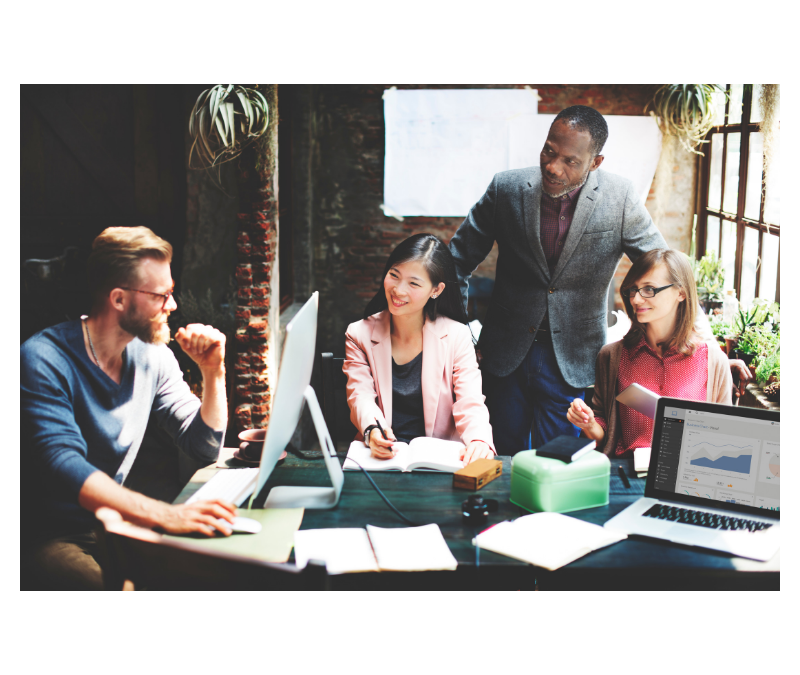
by PT-clc | Oct 18, 2018 | Health & Wellbeing, Healthy Organizations, High Achieving Women, Leadership, Women in Business
In many organizations regularly working overtime is still a badge of honor.
I have a number of close friends who have been high achievers in academia, brought millions of dollars into their institutions, and who have been harshly mistreated by certain “higher ups”.
I have also experienced colleagues who have been undervalued and made to feel they are in jeopardy of losing their positions because they have proposed a creative solution in an organizational culture where maintaining the status quo is the norm.
Increasing numbers of high performing younger and younger women (e.g. in their late twenties and early thirties) are coming into my life having been diagnosed with breast cancer, mono, and/or on stress leave and antidepressants. Burnout and adrenal fatigue continue to be rampant and yet are often “kept under the covers”.
Since I launched my coaching business in 2009, I’ve coached a number of high achieving women and provided them with tools and support to change their lives from constantly driving and striving to healthier, happier, more balanced lives. I’ve recently realized that this is not enough. It is one thing to provide a person with tools and support, but if they return to a work environment that does not enable them to put those tools and strategies into action, it is rather like sending someone on a training and having them return to a workplace that doesn’t enable them to apply the new skills they’ve learned. It is frustrating, unsatisfying and doesn’t address all of the issues.
I realize that it is only part of the solution to provide high performing women and men with tools and the vision of a healthier, happier life. The other part of the equation is to change our organizations so they are healthier.
I would like to start a conversation on this. What is a healthy organization? Is it possible to create healthy, successful organizations?
To start “the ball rolling”, here are a few characteristics of what I believe constitute a healthy organization. A healthy organization:
- Treats their staff and management with respect
- Is clear on their values and “walks their talk”
- Values creativity and innovation and creates space to enable this to happen
- Values and fosters collaboration within the organization and with outside partners
- Is lead by balanced and mindful leaders ( See –https://www.linkedin.com/pulse/balanced-mindful-leadership-time-new-type-leader-pamela-thompson/ )
- Recognizes that many of today’s issues are complex and require multiple disciplines and ways of thinking to address them
- Embraces change and supports its staff and management to better understand and embrace the change process
- Provides a physical environment that supports well-being; for example, a meditation room or garden, indoor plants, on-site gym, yoga and childcare
- Makes a healthy profit
- Gives back to the community
These are a few of my thoughts. I welcome yours in the comment box below.
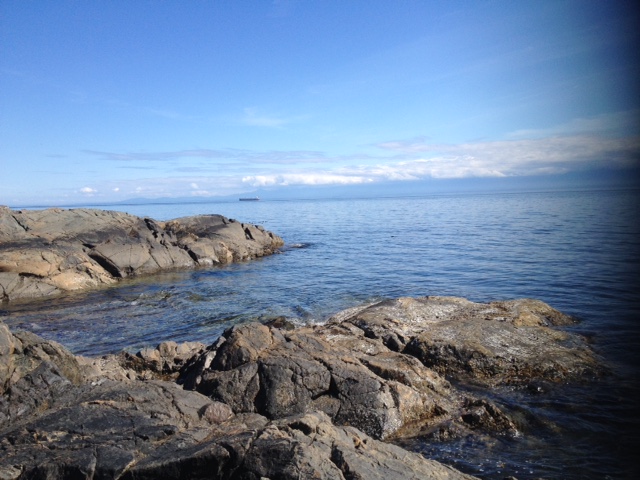
by PT-clc | Sep 6, 2018 | Benefits of being in nature, Creative Living, Dealing with Stress, Health & Wellbeing, High Achieving Women
How do you feel when you return home from a day or weekend of hiking, kayaking, camping, skiing, and being in nature? I feel relaxed, rejuvenated, an inner warmth; grateful for my body to have supported me to hike that challenging trail or to ski those moguls.
While in nature I am in awe of its beauty and at times the amazing stillness. I feel so relaxed and connected with what is around me.
There is more and more research about the benefits of being in nature and the negative impacts of not.
Richard Louv in his book “Last Child in the Woods: Saving Our Children from Nature-Deficit Disorder” (2005) coined the term Nature-Deficit Disorder. He has documented research on the negative impacts of children not spending time in nature including: attention difficulties, diminished use of the senses, obesity, and higher rates of emotional and physical illnesses. Research also suggests that the nature-deficit weakens children’s appreciation of and stewardship of the natural world.
“More recent research shows that the steady stress of urban living changes the brain in ways that can increase our odds of schizophrenia, anxiety and mood disorders [1].”
The positive impacts on health and well-being of spending time in nature have been well documented. Examples include the Japanese practice of “forest bathing” or “forest therapy”. Having set up forest bathing centers in a number of areas throughout Japan and conducting longitudinal studies for several decades, the Japanese have discovered that spending time among trees reduces your heart rate, reduces your blood pressure and increases the number of natural killer cells our bodies produce (i.e. strengthens our immune systems).
South Korea has implemented a National Forest Plan whose goal is “to realize a green welfare state, where the entire nation enjoys well-being”. They speak about “social forestry” and have initiated a number of programs and studies including: walking in hinoki forests, doing guided meditations, and special programs for everyone from cancer patients to prenatal groups, to children with allergies, to a forest healing program for fire fighters with PTSD.
I’m currently reading The Nature Fix by Florence Williams, a journalist who moved with her family from a quiet home in Colorado surrounded by nature to a noisy downtown Washington, DC home on a major flight path. She was so shaken by the negative impact of the move she decided to learn more about nature and its benefits. The book is a fun and interesting read as Florence flies to different countries, takes part in research, speaks to researchers and experiences first-hand a variety of “therapies”.
Given these powerful findings, how can you in your busy and sometimes stressful life incorporate more time in nature? Here are a few suggestions:
- Go for a walk in nature at least three times a week for 15 to 30 minutes ideally in a park where there are trees. You can do this at lunch time if you are close to a park.
- Join a hiking group and go hiking several times a month.
- Go camping with family, friends or a group.
- Find a special place close to where you live (if possible) where you can go that makes you feel relaxed. For me that is on some rocks by the ocean about 15 minutes walk from where I live.
- Take your kids to the park at the end of each work day. Spend 20 to 30 minutes “decompressing” and focusing on having fun and connecting with your children.
- Do mindfulness walking meditations[2] outdoors for 15 to 30 minutes three times a week.
- Do meditations that incorporate nature sounds once a day. I find Deepak and Oprah’s 21-day meditations (available from https://chopracentermeditation.com/) really helpful and do these every morning on awakening.
I’d love to hear how you feel when in nature and what strategies you’ve found helpful to increase your time in nature. Feel free to share this article with others.
[1] Williams, Florence, The Nature Fix – Why Nature Makes Us Happier, Healthier, and More Creative. New York: W.W. Norton, 2017.
[2] A mindfulness walking meditation enables you to get out of your head and into your body. When you walk outside in nature, slowly press one heal and the toes of one foot on the ground followed by the next, being totally present with your movements rather than thinking about all you have to do or reviewing a recent argument with your child or significant other. Focus on all of your senses. Notice the wind on your cheek, the sound of birds chirping, the smell of the salt sea air, see the beautiful vistas that surround you. Notice how you feel while doing the mindfulness walking meditations and after. Over time doing these walking meditations on a regular basis, notice what you notice.
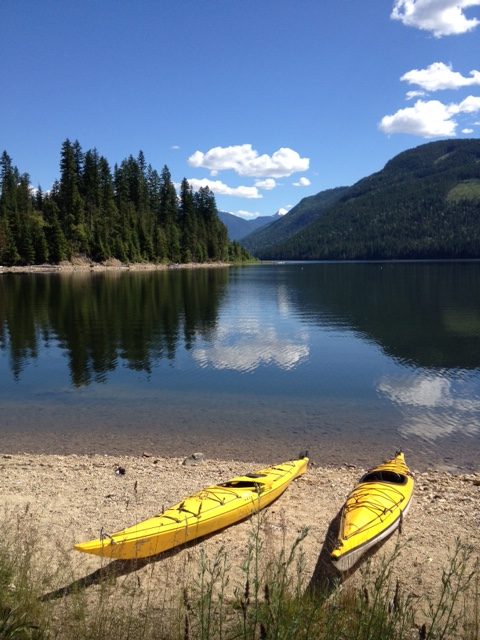
by PT-clc | Aug 13, 2018 | Benefits of being in nature, Conscious Living, Health & Wellbeing, Leadership, Stress Management
My husband and I recently returned from a long weekend kayaking and camping on the Broken Islands off the west coast of Vancouver Island. It is truly a magical place!
For many years I was a driven professional woman with a packed agenda involved in work I was passionate about. My mind and my body were constantly “on the go”. At this phase in my life, I’ve made the decision to take some time to reflect, spend more time in nature and notice what I’m “called” to do. Here are some of the lessons Nature can teach us based on thinking about our recent weekend “off the grid”.
Lesson #1 – Relax
Have you noticed when you’re in nature how much more relaxed you feel? The Japanese have done longitudinal research to show that when we walk among trees it reduces our blood pressure, reduces our heart rate and increases the number of natural killer cells our body produces. In other words, it strengthens our immune system. As leaders and change makers it is important to “get off the treadmill” and take some time out of our busy lives to truly relax, and nature is the perfect remedy.
Lesson #2 – Trust
One morning when I climbed out of our tent I noticed that the fog was down to the ground and visibility was extremely limited. I’m not keen on kayaking in fog and said to myself, this will burn off. I trusted that the sun would burn off the fog and the visibility would return, and it did! As leaders it’s important when things aren’t going the way we wish to trust that things will work out, and that we will learn something from the experience.
Lesson #3 – Presence
Last weekend I noticed that I was truly present much of the time. I was focused on what was in front of me while kayaking and when speaking with my partner. It is important to notice changes in the wind, clouds, tides and currents when you’re kayaking on the ocean. Likewise, as leaders it is important to be present in our work and personal lives and also to be alert to change or the need for it.
Lesson #4 – Playfulness
When I watch birds flying on air currents and humpback whales jumping, it reminds me of the importance of taking time to be playful and to connect with my inner child. It gets me thinking: How can I inject more playfulness into my life? What about you?
Lesson #5 – Courage
Most animals have predators. While off the grid, we saw an amazing array of creatures; from bears to whales, to dolphins, mice and tadpoles. When these animals show themselves, it takes courage, as not only do we as humans see them, but they open themselves up to being seen by their predators. How can you be more courageous in your life and work?
Lesson #6 – Creativity
We experienced an amazing sunset while camping. When gazing at a sunset and watching it change, it reminds me of someone taking a paintbrush and constantly adding and changing colors and tones. In our work, it is important to take some risks and come up with creative solutions to those issues that arise.
Lesson #7 – Beauty
When spending time in nature it’s difficult not to appreciate the beauty that surrounds us and to be amazed by the diversity. In our lives as leaders and changemakers, it is important to recognize and appreciate the diversity among our teams and also the beauty in how we “dance” together
Nature is such a powerful teacher. To relax, trust, be present, playful, courageous and creative, are a few of the lessons we can learn from nature. These are powerful reminders for us as we navigate our lives as leaders and changemakers. I encourage you to spend more time in nature and to notice what YOU notice.
I’d love to hear from you. How does nature inspire you? I welcome your comments and invite you to share your experiences below.
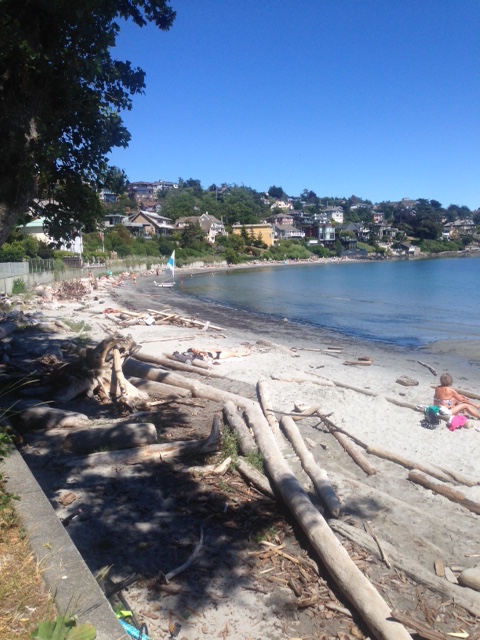
by PT-clc | Jul 23, 2018 | Benefits of being in nature, Conscious Living, Health & Wellbeing, Inner Peace, Self-Care
In late May of this year, I made a public commitment in my blog – https://pamela-thompson.com/creating-space-the-how-and-why/, that I was intending to create more space in my life this summer. This is an update on the actions I’ve taken so far to create more space and what I’ve noticed as a result. I’m sharing these with the hope that you may glean something useful from my experience, and feel comfortable sharing yours.
The first thing I did was to really get clear on what I wanted to “do” this summer and what I wanted to “stop doing”. I realized that I did not want to attend a business conference in the US as I wasn’t ready to declare my business goals for the coming year. I cancelled my flight, hotel and ticket for the conference and then booked a vacation to visit family and friends in eastern Canada as that felt “right’.
I was on the Leadership Team of an entrepreneurial women’s group, spoke with the head and handed off my position to another woman with a supportive call. I then put my membership to that group on hold.
I am on a number of lists and began to unsubscribe from many. It felt SOoo good. For some time I’ve been thinking of doing this but felt I might “miss out” on something. Do you relate? I was surprised at how easy it was to hit the unsubscribe button. It feels so much better each day when I open up my emails and see that they have decreased considerably.
In general, I feel more relaxed. In fact, most of the time I have an incredible sense of inner peace and calm. On a recent visit back east, one of my friends who I hadn’t seen in over a year, commented that I was getting younger!
I have little structure in my life, other than meditating and doing a stretching routine every morning and yoga three times a week. I make a point of spending a lot of time in nature, either walking, kayaking or riding my bike. It feels like I awaken each day with a clean canvas on which I can choose to paint anything I wish. I feel liberated. It’s wonderful!
In the past when I’ve taken some time off, I usually am thinking about the next thing I’m going to do. In contrast, this time, I have no idea what my work will look like and I’m relaxed and fine with that. I trust that I will get clarity when the time is right.
Most of the time I feel present and playful. This enables me to have more focused conversations with my partner, other family members and friends. I’m having more fun and I feel more centered and grounded.
I’d love to hear from those of you who’ve committed to creating more space in your life. What has the experience been like for you? How are things unfolding? I welcome your comments below. Feel free to share this with others who you think might benefit.
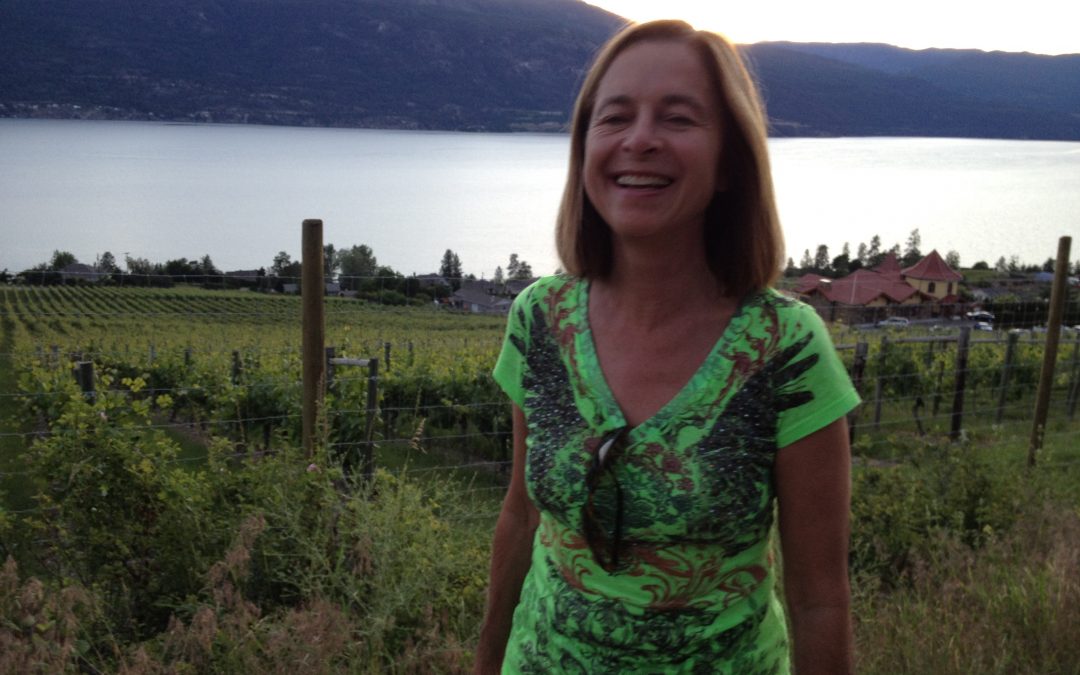
by PT-clc | May 24, 2018 | Benefits of being in nature, Conscious Living, Health & Wellbeing, Inner Peace, Self-Care
Some of my best ideas come to me when I’m on my yoga mat or spending time in nature by myself. How about you? What have you noticed when you create space in your life; e.g. when you sit still, stop doing and get out of your head and into your body? Feel free to add to the list below.
What happens when we create space?
We feel:
- Calm and relaxed
- Playful
- Free
- More Joy
- Connected to our “true” selves
We:
- are open to new people and opportunities coming into our lives
- allow negative thoughts and emotions to surface and be released
- provide space for creative ideas to emerge
- experience improved health
- get clear on what is really important to us.
How can we create space? Here are a few ways I’ve found helpful.
- Spending time in nature
- Meditating daily
- Leaving my calendar “open”
- Doing yoga 3 times a week
- Painting
- Journaling regularly
How can you start “Creating Space” in Your Life?
I – A good place to begin is by answering the following questions:
- What fills me up? and 2) What drains me?
Here are a few examples to get you started
What fills me up?
- Spending time in nature
- Painting
- Writing
- Regular Yoga practice
- Spending time with my grandbabies
What drains me?
- So many emails
- Feeling responsible for others
- A totally planned and structured life
- The “shoulds” in my life
- Old programming that says in order for me to be loved and valued I need to achieve and perform.
II – Review your two lists/ answers to what fills you up and what drains you. Commit to integrating two or more items from “what fills you up” into your life starting tomorrow and start to reduce and eliminate two or more items that “drain you”. Over time, continue adding and eliminating things from your lists and notice how you feel and what your days look like.
It is important to do this in your own time, listening to your body. Remember this is not a race or an opportunity to say to yourself “look at all the new things I’m doing”. Rather, it is to assist you in getting out of your head and into your body; to becoming more consciously aware of what you do, how you feel, and what things bring you joy.
I’m doing an experiment this summer and have committed to “creating more space in my life” and to noticing what my life looks and feels like when I do this. How about you? Does this idea intrigue you?
I’d love to hear your thoughts, and strategies you use to create space in your life. Feel free to comment below and to share this post with others.





